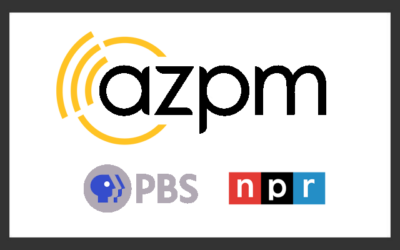The New York Times – U.S. Extends Job Growth Streak Even as Economy Cools
Employers added 187,000 workers in July, a slower pace than the recent norm, but “more sustainable,” one economist said.
The U.S. economy continued to generate sturdy employment growth in July, but it showed definite signs of cooling alongside the Federal Reserve’s battle to suppress inflation.
American employers added 187,000 jobs last month, the Labor Department reported on Friday, experiencing 31 straight months of growth. The unemployment rate sank back to 3.5 percent, near a record low.
Revised figures for the prior two months modulated the economic picture slightly from an almost imperceptible slowdown to a clear deceleration after gains exceeding 200,000 had become the norm. Still, the report shows that most people who want to work can find jobs, keeping upward pressure on wages.
Average hourly earnings rose 4.4 percent from a year earlier, slightly more than expected, and enough to give workers more spending power even as prices keep going up.
“We are converging towards a more sustainable pace,” said Lydia Boussour, a senior economist at the consulting firm EY-Parthenon, noting that wages and the rate of hiring don’t always move in tandem. “The labor market is rebalancing, but it’s a gradual process, and that explains why we’re still seeing some tightness.”
….Although the share of people over age 65 who are either working or looking for work is still lower than in February 2020, the participation rate for people in their prime working years — ages 25 to 54 — has risen 0.4 percentage points. At the same time, a renewed flow of immigrants has eased some of the most acute shortages.
Other factors may be clouding the employment picture this summer. The hottest July on record, for example, made it difficult to perform any work outside. At the very least, that could displace some employment until later in the year. The longer temperatures stay at extreme levels, the more damage they could do.
“Let’s say construction is cut back a bit more than it otherwise would be, maybe people are working for fewer hours, it’s pushing that activity to the fall,” said Jim Rounds, a former state budget analyst who heads an economic consultancy in Arizona. “If it were over more months, that would be a bigger deal.”




